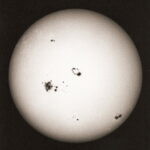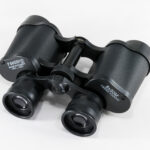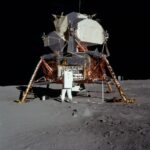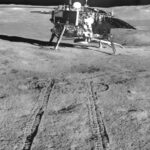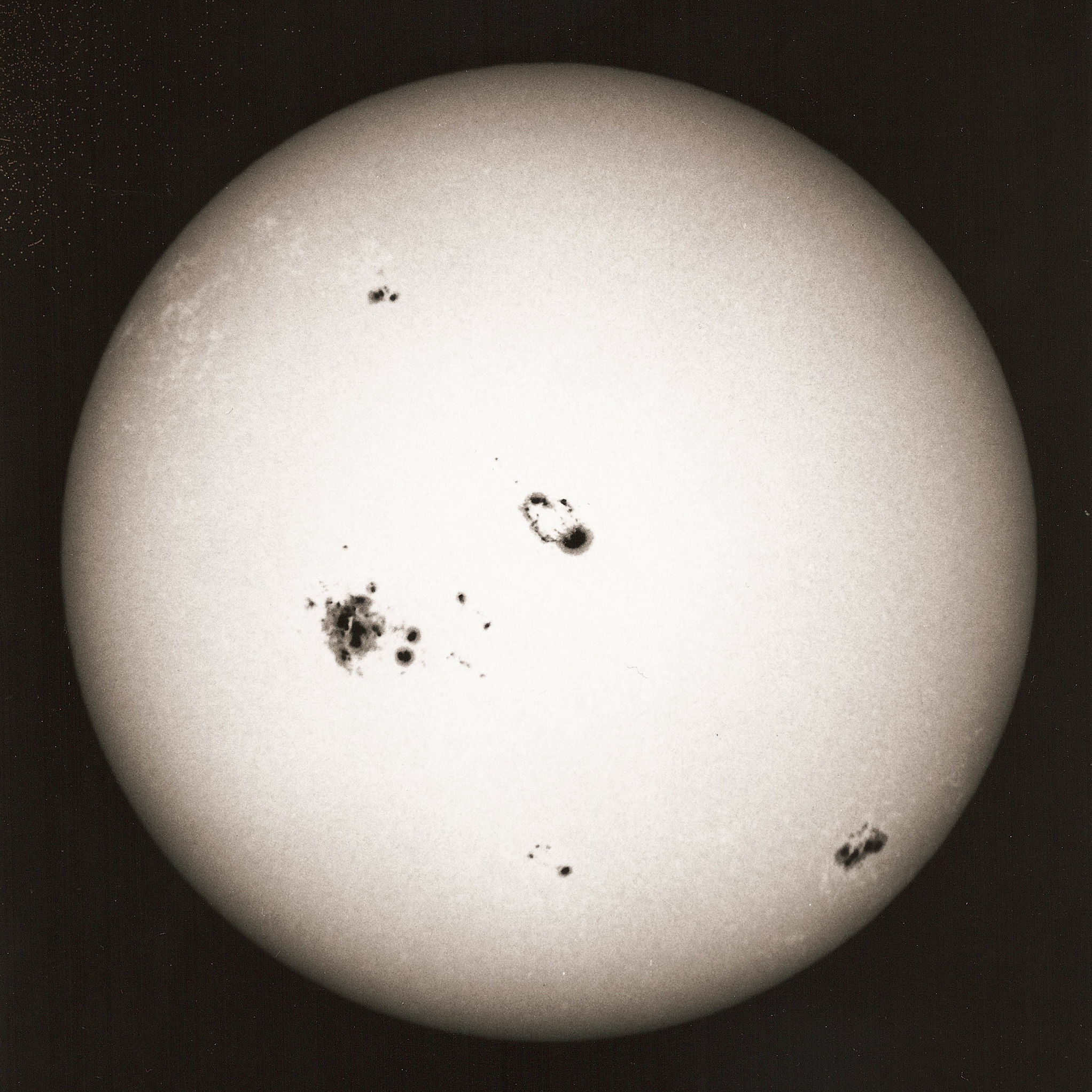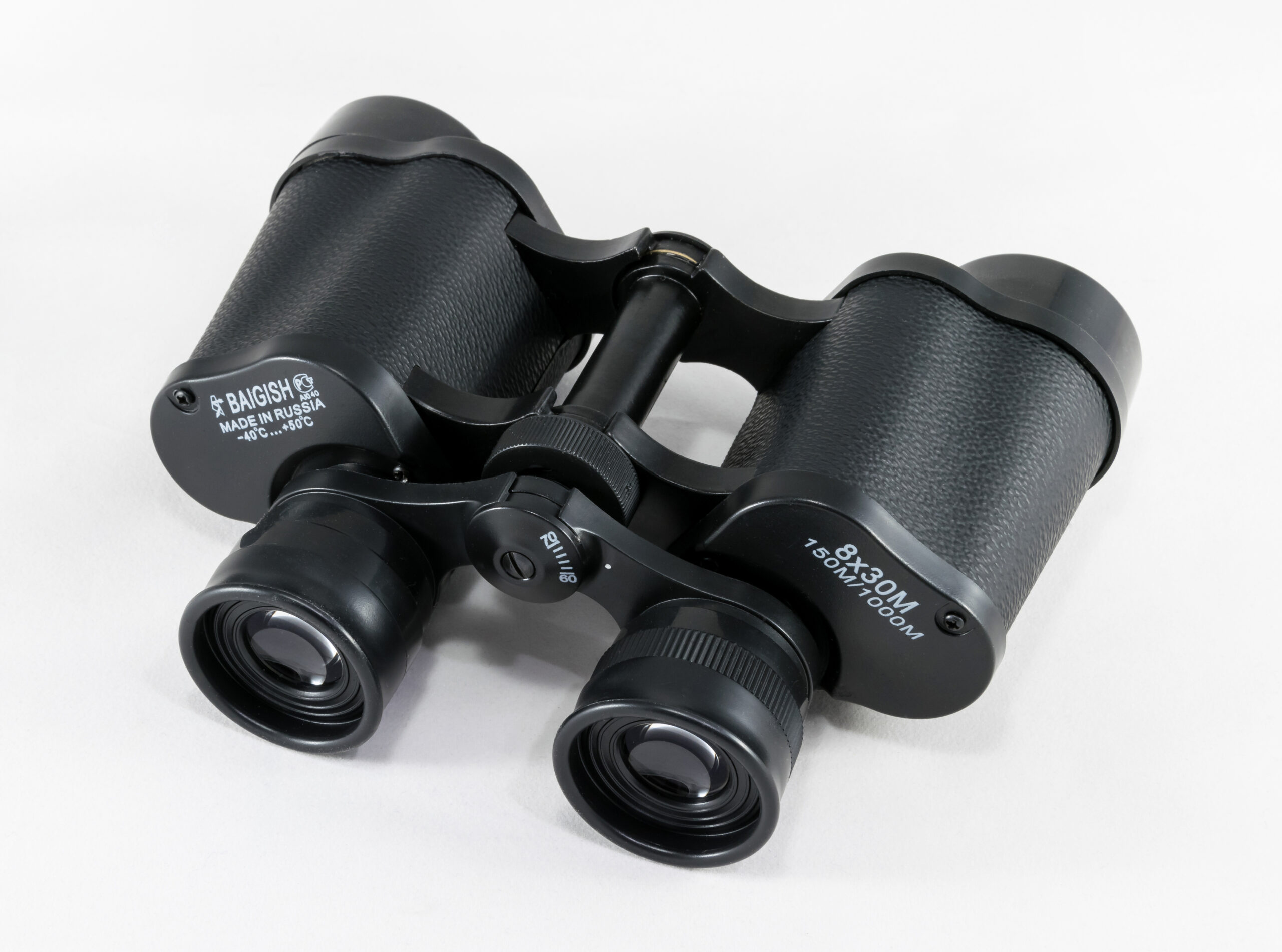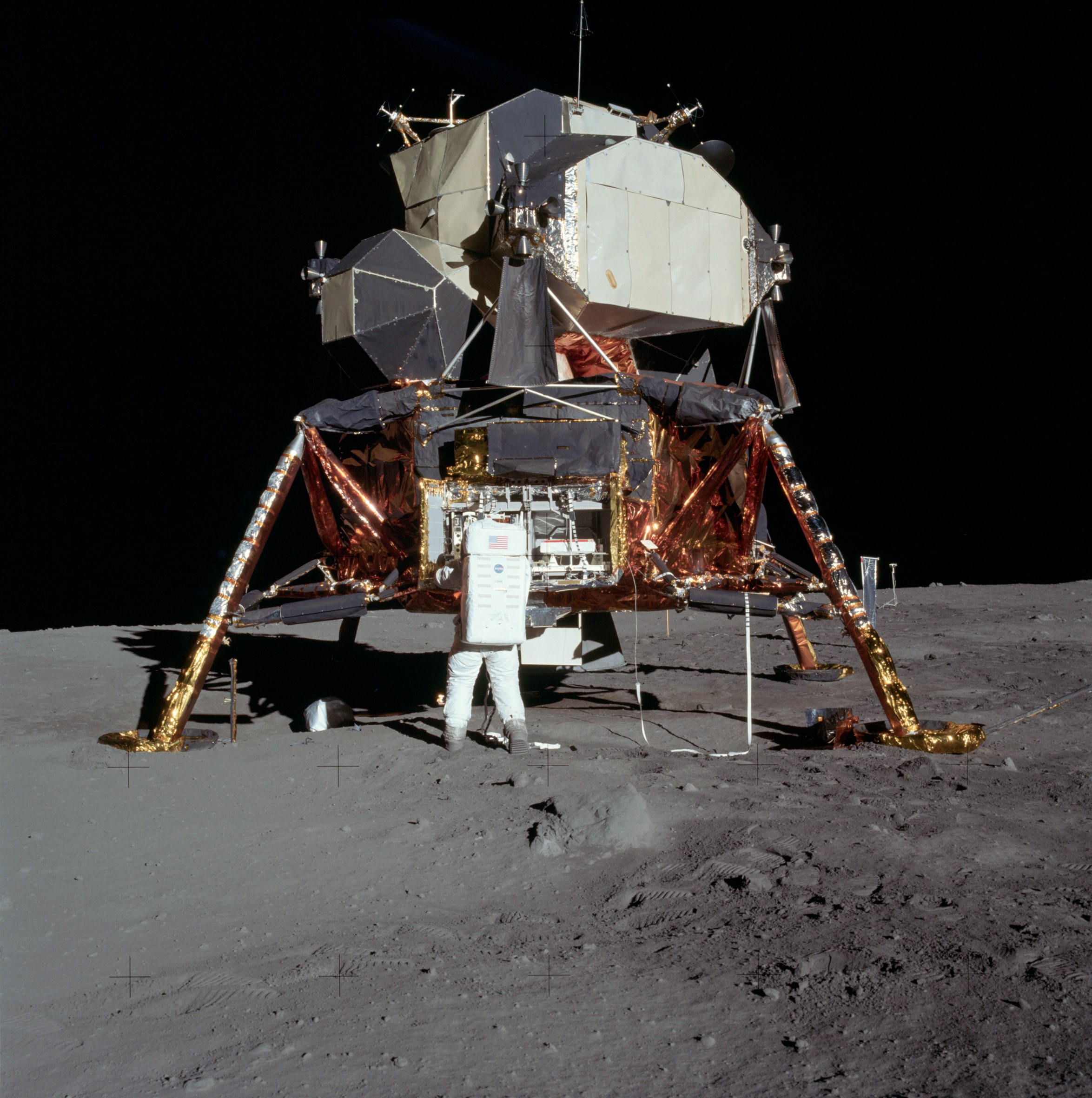Cold and Eccentric: A Dive into Uranus and Neptune
Uranus

Uranus from Voyager 2
Moving on out our next visit is to Uranus the seventh planet from the Sun. Uranus is the third largest planet in the Solar System after Jupiter and Saturn. But unlike Jupiter and Saturn, which are gas giants, Uranus is described as a ice-giant. Uranus takes around 84 Earth years to go around the Sun and its day at its rocky core is around 17 hours. However, like the other giant planets its upper atmosphere rotates much faster than its core.
Uranus is different in that its angular tilt is 82.23° making the planet appear to ‘roll’ around its orbit. Because of this one Uranus’s pole receives sunlight for 42 Earth years and the other 42 years of darkness.
The atmosphere of Uranus is mainly water, Ammonia and Methane in a super critical phase of matter. While the planets and Jupiter and Saturn have marked bands in their atmosphere, Uranus has a very little layered atmosphere.
Uranus is naked to the human eye but a very dark sky and knowledge of where to find it is necessary as it is very faint. Due to its faintness it was overlooked by many early astronomers as just a star. Galileo records Uranus in his notes but only as a star.
It was first confirmed as a planet by Sir William Herschel in 1781. He wanted to name it after the British King of the time, George III, but this idea was not accepted outside of the United Kingdom. Various names were proposed by other astronomers. But it was Johann Elert Bode who proposed the name Uranus that by 1850 it became the accepted name.
Uranus has 28 known moons. The five main ones are Miranda, Ariel, Umbriel, Titania and Oberon. They were all photographed from distance by Voyager 2 in 1986 but scientists were able to show that Ariel had the youngest surface with few impact craters, while Miranda had a very much older ragged and cratered surface.
Voyager 2 which flew past Uranus in January 1986 sent back data of the chemical structure of Uranus’s atmosphere and magnetic field. To date no other space probe had visited Uranus, though there are some planned for the latter part of the 2020’s and early 2030’s.
Neptune

Neptune from Voyager 2
The last visit to the outer gas giants of the Solar System is Neptune. Fourth largest planet in the Solar System by diameter and the second ice giant in the Solar System. Neptune takes 164 Earth years to orbit the Sun and its day is approximately 16 hours. Neptune’s upper atmosphere has been measured as one of the coldest places in the Solar System at -218 ºC (-361 ºF). The atmosphere is mainly made up of Hydrogen and Helium with traces of Hydrocarbons and possibly Nitrogen. The Methane in the upper atmosphere gives the planet a bluish tinge. Neptune also has a ‘Great Black Spot’ comparable to Jupiter’s ‘Great Red Spot‘, near its south pole.
Neptune is invisible to the naked eye and was the first to be discovered by mathematical prediction rather than emphatical observation. Unexpected movements in Uranus’s orbit led to Alexis Bouvard to hypothesise that a large planet existed beyond Uranus that was influencing Uranus’s orbit. After Bouvard’s death the position of Neptune was independently predicted by the Frenchman Urbain Le Verrier and the Englishman John Crouch Adams. However, Le Verrier was a well known astronomer while Couch Adams was not so well known. Using Le Verrier’s predictions, Johann Gottfried Galle in September 1846 observed Neptune for the first time. In later years the work of John Crouch Adams was also credited for the discovery.
Astronomers looking through observations made by Galileo Galilei found that he had made observations of Neptune but he noted Neptune only as a star and not a planet.
Neptune has 16 known moons, the largest being Triton which has 99.5% of all the material in orbit around Neptune. Triton, unlike the other moons of the Solar System orbits in a retrograde motion and probably a captured Kuiper Belt object. Triton, like Titan, would be classed in the ‘Dwarf Planet‘ category of planets but because it does not orbit the Sun in its own right it can only be classed as a moon.
Triton has a tenuous atmosphere with a surface of frozen ice with other chemicals. This may overlay a water ocean. A rocky metallic core is at its centre. Neptune may exert a tidal heating on Triton’s interior. This, along with other moons in the Solar System that have thick icy surfaces may be a place that could harbour life.
Voyager 2 is the only probe to have visited Neptune, but future probes are planned.
Beyond the Icy Gas Giants
Beyond Neptune lies the Kuiper Belt with its comets, dwarf planets and other loose material. Pluto, once given the status of a planet before being reduced to a Dwarf Planet by the International Astronomical Union in 2006, is the largest object so far to be discovered orbiting the Sun at this distance.
Beyond the Kuiper Belt and halfway to the nearest star lies the Oort Cloud. These two belts I talk about in my post Trans Neptunian Belts.
